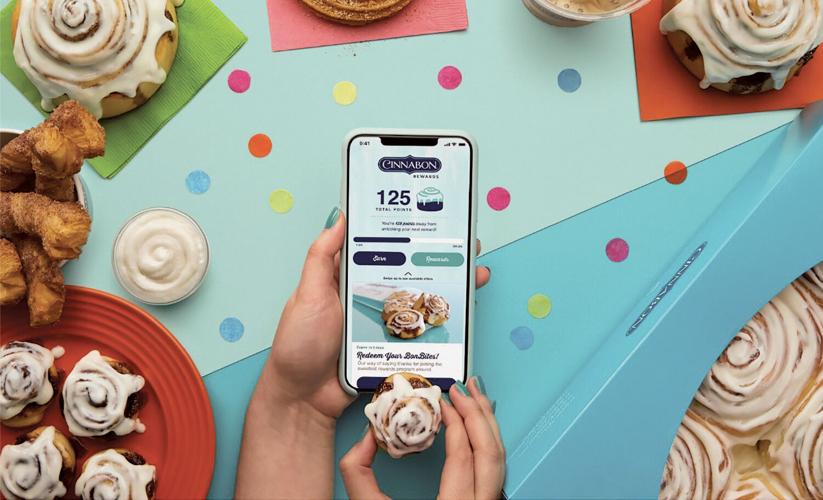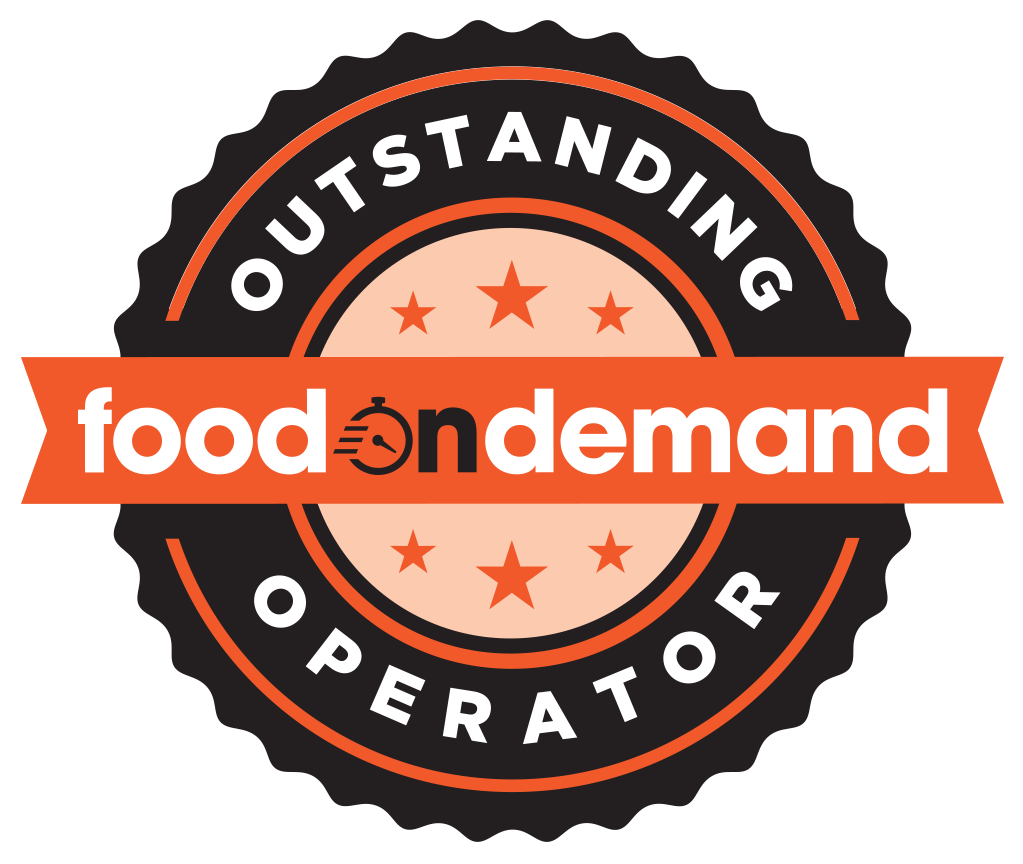Gone are the days of relying on a highway billboard to bring in customers. “Now it’s about micro-targeting that specific message to the right person,” Olo General Manager Ray Gallagher said. “You can do that with marketing automation tools, because it’s always running. It’s like having an army of marketers working for you 24/7, 365.”
Restaurants can easily gather the data necessary to successfully target certain customers through loyalty apps.
“The interesting thing with data is that there is a lot of it out there,” Gallagher said. Brands that aren’t utilizing as much of the data their customers give them are missing out on valuable information. Consumer data can be used to determine future locations, drive traffic and get customers to try new foods or beverages.
Loyalty app programs are one of the easiest ways to gather this data in a way that benefits each party. Typically, only about 20 percent of a restaurant’s customers are part of its loyalty program, Gallagher said.
“We often find some of the highest-value guests are not in the loyalty program,” he said. “Knowing the differences of that and what levers to pull and where to focus your time is critically important, because in the top 20 percent of my guests, if only a fraction of them are in loyalty, I need to have a strategy for what am I doing for them and how am I bringing other guests up into that.”
Some people are weary of offering up all this data to brands. To convert the apprehensive consumers to loyalty users, brands need to ensure there are benefits for them to sign up. “It’s very much an exchange,” Gallagher said. “What value are you bringing me as a guest? If I have perceived value of—whether it’s signing up for loyalty, signing up to be communicated with, I’m willing to give some information because I get value back and, if brands do it right, they’re creating a better guest experience.”
In a time when third-party delivery services are rising in popularity—and taking a chunk of restaurant profits with every order—using loyalty apps to convince customers to order directly from the store is critical, Gallagher said.
‘Meet our customer where they’re at’
GoTo Foods, formerly Focus Brands, announced in 2022 its intent to unify its companies’ loyalty programs, with the goal of 50 percent of sales coming from digital platforms by 2027. Chief Commercial Officer Kieran Donahue said GoTo will hit that goal sooner than planned.
“It’s a reality about how consumers are dining out today,” she said as she referenced third-party and first-party delivery. “A lot of it is digitally. When we actually look at our 3PD, 1PD, catering, all of our loyalty, we’re at nearly 40 percent today is coming from digital channels.”

McAlister’s Deli, one of GoTo Food’s brands, sees about 20 percent of sales coming from loyalty members.
McAlister’s Deli and Jamba see about 20 percent of sales coming from loyalty members.
GoTo’s unified tech stack makes leveraging data simpler, Donahue said. “Loyalty is an incredibly important component to that,” she said. “It really allows us to personalize things for our customers.”
But loyalty isn’t the only important piece. The company’s point-of-sale technology can help create “a full picture” of the GoTo Foods customer by showing its brands which menu items consumers gravitate toward or which days they visit the most, Donahue said.
Between GoTo’s seven brands—such as Jamba, Cinnabon and Auntie Anne’s—about 25 million people have signed up for loyalty programs. Of those members, about 15 percent are signed up for two or more of GoTo’s brands’ loyalty programs.

Kieran Donahue is the chief commercial officer at GoTo Foods.
Loyalty data can also aid GoTo with finding ideal locations for new restaurants or finding patterns to create new co-branding opportunities between brands, Donahue said.
The company conducts micro-targeting to some extent, but not quite as much as it would like, she said.
Other franchises, such as Dunkin’, can target customers through micro-targeting based on their previous behavior. For instance, if a customer typically visits on Mondays, Dunkin’ could send an offer to visit on a different day to drive traffic on less-popular days of the week. Some apps can suggest adding a drink to a guest’s regular order for a deal.
But GoTo Foods isn’t there yet. “Some of these things … are absolutely opportunities, but some of our technology needs to be implemented so that we can bring more and more of that to life,” Donahue said.
At the Restaurant Finance & Development Conference in November, Inspire Brands’ Chief Financial Officer Kate Jaspon said when the company bought Dunkin’ in 2020, the franchise learned a lot about loyalty from Inspire’s other brands.
“We learn a lot from the Arby’s consumer that helps us out with Baskin or Dunkin’,” Jaspon said last year. “Loyalty has been huge. Dunkin’ has been leading that.” In 2024, “33 percent of our sales in the United States will come from digital.”
Chicago-based Cilantro Taco Grill launched its app at the end of last year. The 19-unit franchise has a dedicated fanbase that it’s garnered throughout its 11-year history, and Chief Marketing Officer Aaron Morfin said it was time to reward them.

Aaron Morfin is Cilantro Taco Grill’s chief marketing officer.
“We want to give them more incentives and, at the end of the day, drive them back into the restaurants,” Morfin said. “I think this is a great asset and a great path to begin.”
Cilantro started franchising in 2023 and has since gained the backing of international entertainer Pitbull and Fransmart, a franchise sales and development company. The franchise emphasizes data-driven growth, and debuting a loyalty app was the next step in that initiative.
Morfin called the program’s impact on franchisees “next level,” because the app allows operators to engage with their customers in a way they couldn’t before. “It’s offering them this strong tool to drive foot traffic back into their stores,” Morfin said.
This story originally appeared in Franchise Times, a sister publication to Food On Demand.


